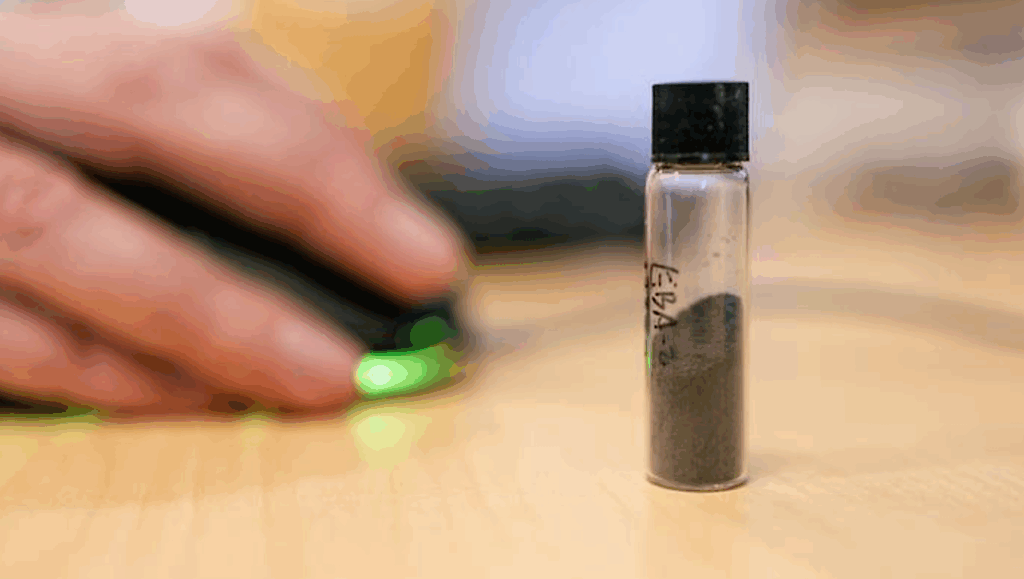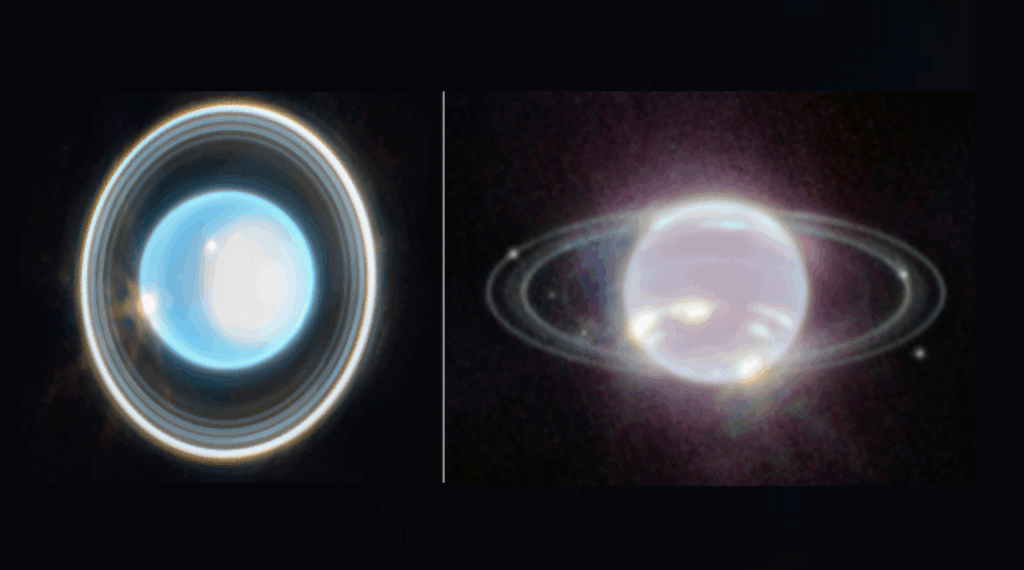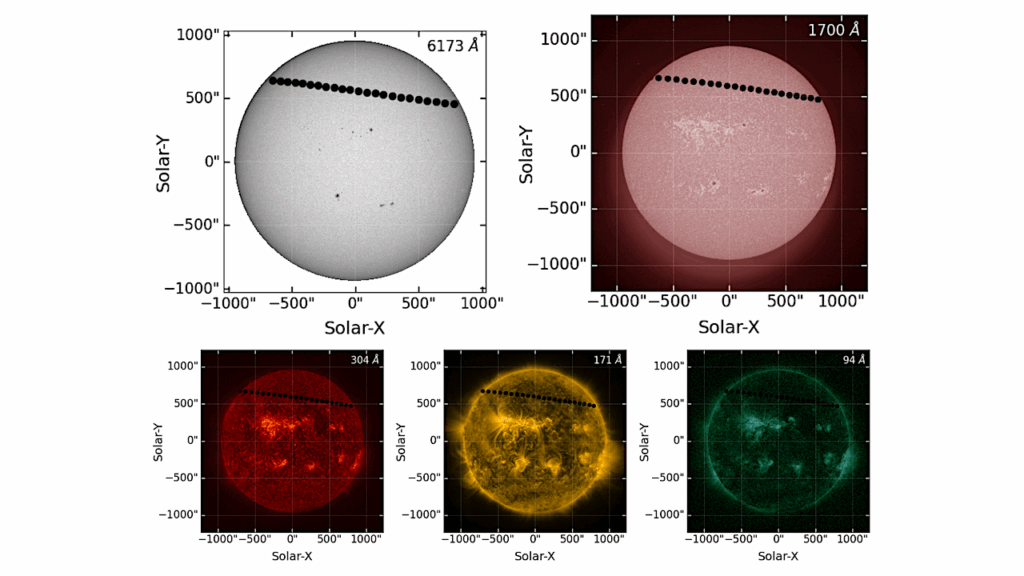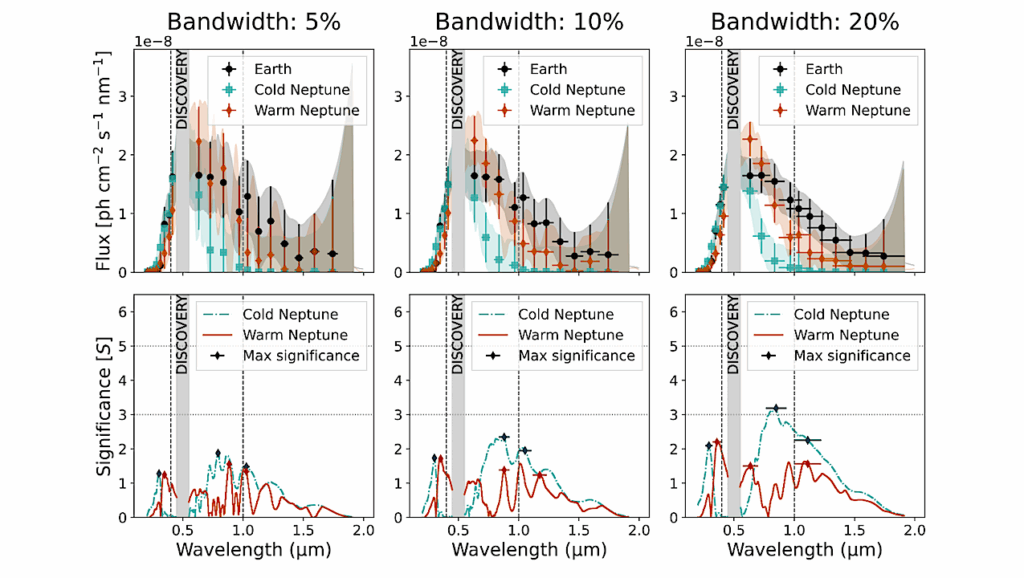Early-branching Cyanobacteria Up-regulate Superoxide Dismutase Activity Under A Simulated Early Earth Anoxic Atmosphere

The evolution of oxygenic photosynthesis during the Archean (4-2.5 Ga), required the presence of complementary reducing pathways to maintain the cellular redox balance.
While the timing of the evolution of superoxide dismutases (SODs), enzymes that convert superoxide to hydrogen peroxide, within the Bacteria and Archaea is not resolved, SODs containing copper and zinc in the reaction centre (CuZnSOD) were the first SODs estimated to appear in photosynthetic cyanobacteria, ≥ 2.93 Ga.
Here we analysed the SOD gene expression and activity in the deep branching strain, Pseudanabaena sp. PCC7367. It releases more O2 and exhibits significantly higher growth rates (p<0.001) and protein and glycogen contents (p<0.05) under anoxic conditions compared to control cultures grown under present oxygen rich atmospheres in low CO2 (LC) or high CO2 (HC), prompting the question as to whether this correlates to higher cellular SOD activity under anoxic Archean simulated conditions.
Expression of sodB encoding an iron containing SOD (FeSOD) and sodC, encoding a CuZnSOD, strongly correlated with increased extracellular O2 levels (p<0.001), while transcription of sodA, encoding a manganese containing (MnSOD), correlated to SOD activity during the day (p=0.019), when medium O2 concentrations were the highest.
Cytosolic SOD activity was significantly higher (p<0.001) in anoxic cultures, two hrs before nightfall compared to oxic growth conditions. Night-time combined sodABC transcription in stirred cultures was significantly reduced (p<0.05) under anoxic conditions at elevated CO2 levels, as were medium O2 levels (p≤0.001), when compared to cultures grown under present-day oxic conditions with low CO2. Total cytosolic SOD activity remained comparable, suggesting that the replacement rate of SOD is higher under modern-day conditions than on early Earth.
Our data suggest that the early branching cyanobacterium Pseudanabaena sp. PCC7367 may have retained ‘ancestral’ features permitting it to thrive in its ecological niche as a benthic mat in shallow water marine environments.
Astrobiology








